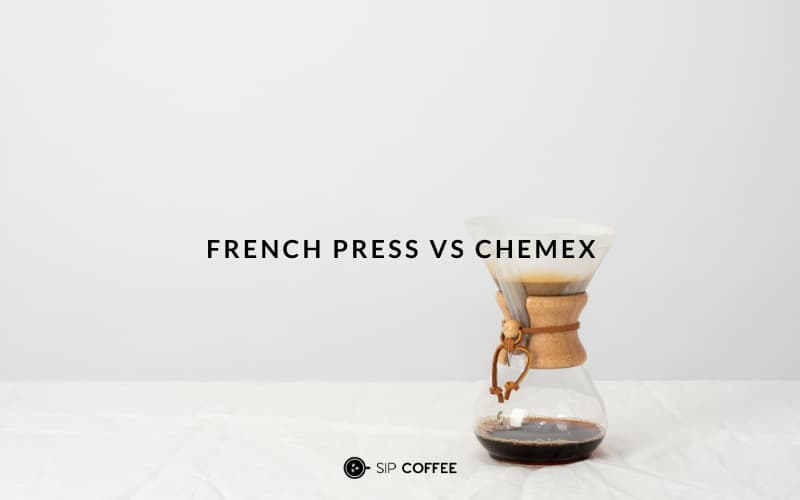French Press vs Chemex – The Showdown
Ever found yourself in a tug-of-war between the French Press and the Chemex? Well, you’re not alone. These two brewing methods have their staunch supporters, but what sets them apart? Let’s dive straight into the showdown and help you find the perfect match for your coffee cravings.
At first glance, the Chemex might look like a piece of art rather than a coffee brewer. With its sleek borosilicate glass, wooden neck, and leather tie, it’s undeniably beautiful. But don’t be fooled by its appearance. Invented by Dr. Peter Schlumbohm, the Chemex is all about functionality. Using a paper filter to separate coffee grounds and oils, you pour hot water slowly and steadily to optimize extraction. That’s your Chemex in action.
On the other hand, the French Press is a classic. It’s been around for centuries, starting from simple metal meshes or cheesecloths pressing onto a bed of coffee. Today’s French Press is more refined but follows the same basic principle: immerse coarse coffee grounds in hot water and press down with a mesh filter. It’s straightforward and allows for a fuller-bodied brew.
So, how do these two methods stack up against each other? Let’s break it down. The Chemex is a drip method, requiring a bit of finesse and technique in how you pour the water. Too fast, and you risk over-extraction; too slow, and you end up with a bitter brew. It’s all about that perfect balance, which makes this method a bit of an art form. The French Press, conversely, is immersion brewing. Just pour in hot water, wait for a few minutes, and then press down. Simple, but you do need to be careful not to over-extract by letting it sit too long.
When it comes to brew time, the Chemex has the upper hand. Thanks to the constant agitation of the grounds, a Chemex brew takes about 3-4 minutes. The French Press, needing less movement but more time, takes around 5-7 minutes for a full extraction.
Ease of brewing? The French Press wins this round hands down. You can multitask while your coffee steeps, making it ideal for those busy mornings. The Chemex demands your full attention, requiring precise pouring techniques to nail that perfect cup.
Portability is another area where the French Press takes the crown. Its design allows for variations like stainless steel versions perfect for outdoor use. The Chemex, though beautiful, is fragile and not exactly travel-friendly.
Cleaning up is where the Chemex pulls ahead again. Just toss the paper filter and rinse the brewer. The French Press, however, requires you to disassemble, clean each part, and reassemble, which can be a bit of a pain.
Both methods require you to know your grind size. Too fine or too coarse, and you risk ruining your brew. Consistency is key for both, though the learning curve might be steeper for the Chemex.
When it comes to taste, it really boils down to personal preference. The French Press gives you a richer, fuller body, while the Chemex offers a cleaner and crisper cup. It’s all about what you enjoy more.
So, who wins this showdown? While Chemex scores higher in this analysis, it ultimately depends on your coffee preferences. The French Press gives you a robust, hassle-free cup, great for multitasking. The Chemex delivers a lighter and more nuanced brew but requires your full attention. Choose based on what you value more in your coffee journey. Both methods are excellent in their own right, so why not try both and decide for yourself? Keep brewing and enjoying your coffee adventures!
In the end, whether you prefer the full-bodied simplicity of the French Press or the light, intricate experience of the Chemex, both methods offer unique advantages. Your ideal choice hinges on what you value more in your coffee ritual. Dive in and explore—you can’t go wrong with either!
